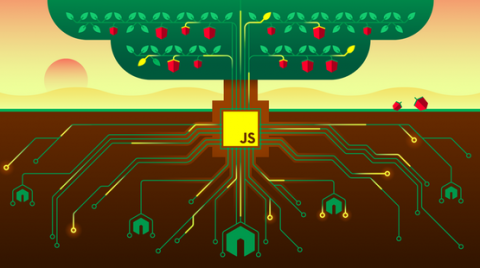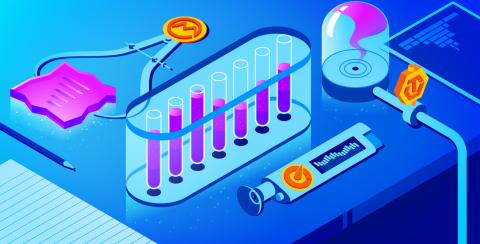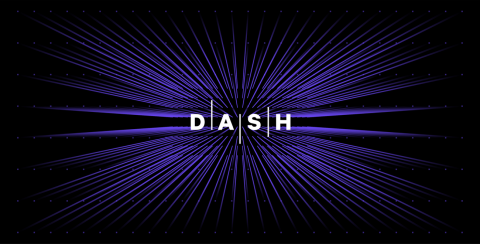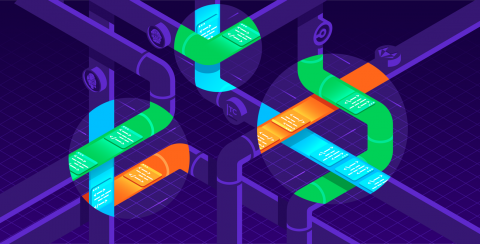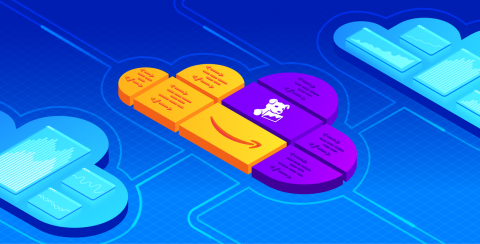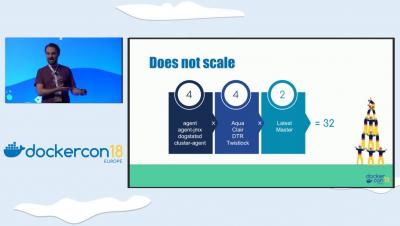Operations | Monitoring | ITSM | DevOps | Cloud
Datadog
Monitoring MEAN stack applications with Datadog
The MEAN stack has become an increasingly popular choice for developing dynamic applications. Similar to other development stacks like LAMP and Ruby on Rails, MEAN bundles together complementary technologies to provide a ready-made framework for developing and serving applications.
Performance monitoring with OpenTracing, OpenCensus, and OpenMetrics
If you are familiar with instrumenting applications, you may have heard of OpenMetrics, OpenTracing, and OpenCensus. These projects aim to create standards for application performance monitoring and collecting metric data. Although the projects do overlap in terms of their goals, they each take a different approach to observability and instrumentation.
HomeAway: Maintaining a healthy PaaS with Datadog
2018 year in review
There were some big IT headlines this past year. Microsoft acquired GitHub and IBM bought Red Hat. Kubernetes graduated from the CNCF incubator program. And the biggest headline of all—at least to those of us at Datadog, where we live and breathe monitoring—we released Datadog Agent version 6, a completely new monitoring agent written in Go! As we start the new year, we’d like to take a moment to recognize some of the incredible things our engineers accomplished in 2018.
Join us in NYC for Dash 2019
We are thrilled to announce Dash 2019, the second year of Datadog’s conference on building and scaling the next generation of applications, infrastructure, and technical teams. This two-day conference will be attended by forward-thinking software developers and operations engineers who are taking the velocity, performance, reliability, and scale of their organizations to the next level.
Monitor all your CI pipelines with Datadog
With continuous integration becoming standard practice, getting full visibility into your CI pipelines has become a key part of monitoring and troubleshooting. Datadog gives you that visibility with out-of-the-box support for several continuous integration tools, including: GitLab, Jenkins, Travis CI, CircleCI and TeamCity. Monitoring your CI servers can help you identify bottlenecks in your pipelines.
Rethinking UX for AI-driven Alerting
I’ve been designing monitoring tools for almost 10 years now, and in that time a lot has changed. The infrastructure we build software on, for example, has been transformed multiple times—moving first from physical hosts to VMs in the cloud, then from VMs to containers, and now from containers to serverless and cloud service-based infrastructure.
Deploying and configuring Datadog with CloudFormation
In this post, we will show you how you can use AWS CloudFormation to automatically deploy infrastructure that is preconfigured to send metrics and logs to Datadog.



